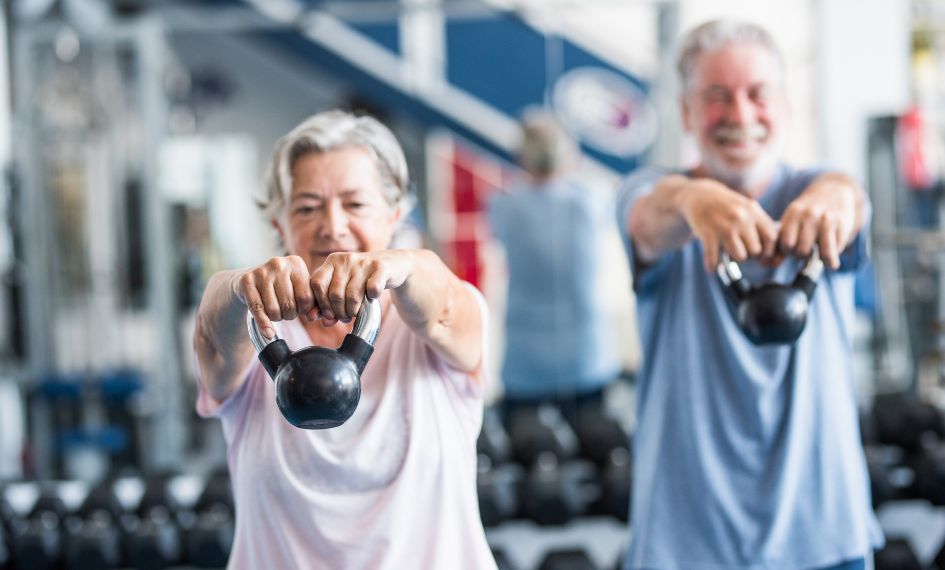For the people in our community living with pain or stiffness due to Osteoarthritis, it is only natural to have hesitations to moving when moving is uncomfortable or sore. We get it, pain is not a pleasant sensation!
When you find yourself experiencing pain or discomfort for a long period of time, without consciously knowing, you may naturally begin to avoid certain movement patterns. This pattern of avoidance, although well-intended, may not necessarily be the best way to approach a difficult movement pattern when living with Osteoarthritis. It is important to acknowledge that fear is an emotional response. An emotional response that, in the right context, is there to be helpful and protect against danger. However, in some cases fear can lead to a pattern of avoidance. Developing a fear of movement can come about in a few ways:
How a fear of movement develops in Osteoarthritis
- As a result of a direct experience like pain or trauma, e.g. bending down to pick something up gave you pain and now you stay away from bending because of that experience.
- As a result of social learning, e.g. someone once told you that bending is bad for you and through that you have now learnt to avoid bending.
It is important to identify when your attempts to cope better with pain and limited mobility are unfortunately leading to more pain and more limited mobility.
Being aware of your own barriers
Arthritis New Zealand has identified the most common barriers people living with pain and limited mobility as a result of Osteoarthritis have when it comes to movement and exercise. The most common reasons for not exercising are:
- not knowing where to start
- not having the will to start when experiencing pain
- and not having the motivation to keep going with a consistent routine
Physios are experts in movement and exercise and are here to help you navigate this all!
Physio’s can help you overcome barriers to movement
So how can you and your physio work together to overcome fearful movement patterns?
- You could be open to accepting that there are external factors that contribute to your limitations in movement, eg has something you’ve previously been taught caused you to become fearful of movement?
- Utilise Physio-specific tools to identify if fearful movement is present and a factor for you
- Together start exploring the movements you are nervous or worried about and in a slow and graded manner work towards reducing fear and limited mobility in these positions.
We at ONFORM have a Hip and Knee Osteoarthritis class tailored to the specific need of those coping with arthtirtis. This class has a great balance of full body exercise, educational segments and a whole lot of fun!
We love movement and exercise and we’d love to help you learn to love it too!
